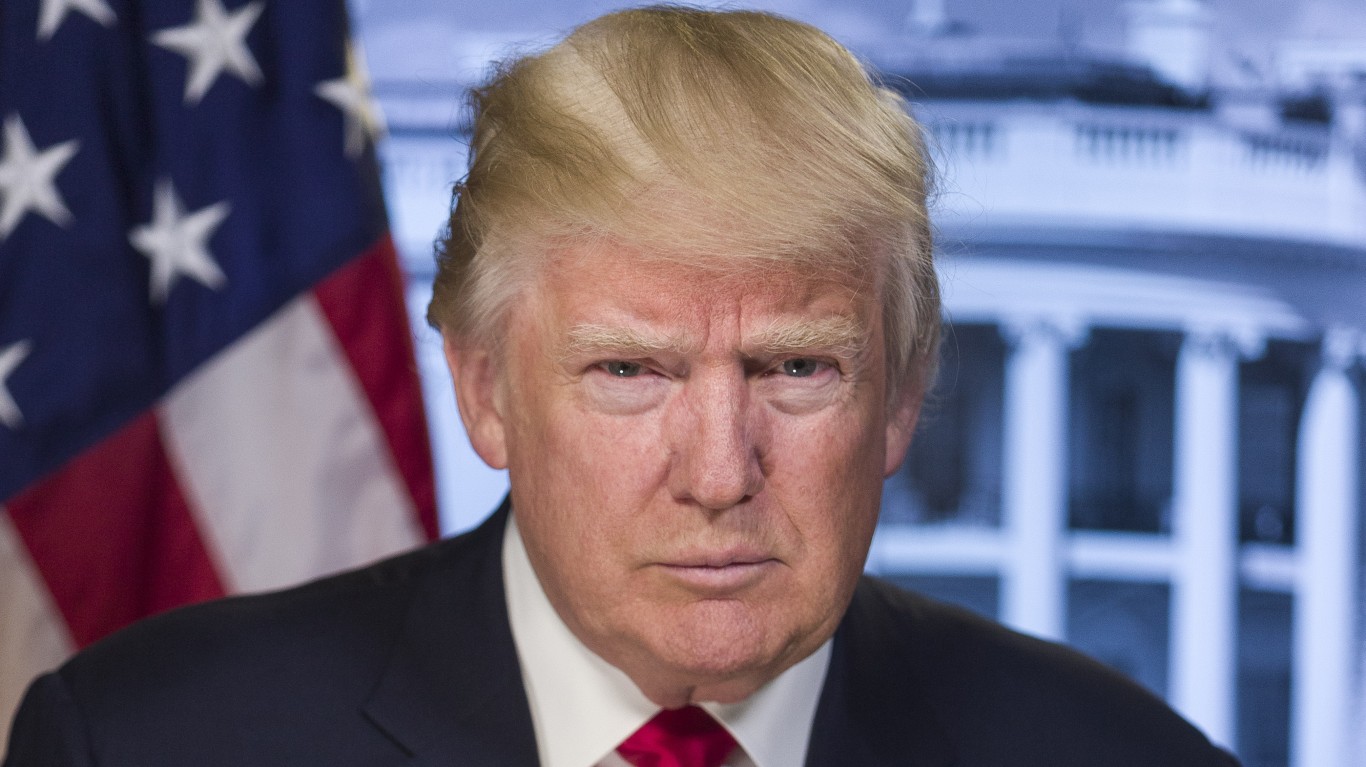
The U.S. Department of Commerce released its preliminary view of U.S. gross domestic product (GDP) for the fourth quarter at an initial growth rate of 2.1%. This was more or less in line with the estimates of 2.1% from Dow Jones and from Econoday. Real GDP also rose by 2.1% in the fourth quarter of 2019.
With more than two-thirds of GDP being tied to consumer spending activities of some sort, the real consumer spending component’s gain of 1.8% was just under the Econoday consensus estimate of 1.9%. The GDP price index of 1.4% was lower than the 2.0% consensus from Econoday.
The price index for gross domestic purchases rose by 1.5% in the fourth quarter. For the personal consumption expenditure (PCE) price index, it rose 1.6% nominally, while the core PCE (excluding food and energy) posted a 1.3% gain.
Current-dollar GDP increased by 3.6% (or $191.7 billion) in the fourth quarter to $21.73 trillion on an annualized basis. For 2019 as a whole, current-dollar GDP increased by 4.1% ($848.8 billion) to $21.43 trillion.
If these figures go unchanged in the next two revisions, the U.S. GDP for all of 2019 rose by 2.3%. That might not sound all that impressive, and it might not seem enough for the nearly 29% gain in the S&P 500 last year, but there were many drags. Trade concerns with China weighed all year long. The media were prematurely calling for an imminent recession last summer as if they actually wanted a recession to come. Hiring trends have ticked down, and business spending was muted.
One contributing factor in 2019 GDP was international trade, with exports increasing while imports decreased. The rate of consumer spending was shown to be slower as PCEs were up by 1.8% on annualized rate (slower than the 3.2% from the third quarter and 4.6% in the second). Business investment was down for three straight quarters. One bright spot was in residential investment. Overall economic output rose by 2.3% in the fourth quarter from a year earlier.
According to the Atlanta Fed’s GDPNow forecast, the bank was calling for just 1.7% GDP growth in the fourth quarter of 2019 in its January 29 update.
The projected growth rate is not an official forecast, but it uses real-time economic reports to adjust the projections as they are released for the appropriate period. Yesterday’s 1.7% “nowcast” had been lowered from 1.9% on January 28 after the Commerce Department’s Advance Economic Indicators showed that fourth-quarter real gross private domestic investment growth decreased from −2.0% to −2.5%.
A competing “live(ish)” forecast from the New York Fed’s Nowcast was calling for just 1.2% GDP growth for the fourth quarter, but their last update was on January 24.
All in all, the GDP report is one that should be viewed as more or less tame and not one that was likely to rock the Federal Reserve’s view on interest rates at the same time it should not have rocked the markets greatly in either direction.
Are You Still Paying With a Debit Card?
The average American spends $17,274 on debit cards a year, and it’s a HUGE mistake. First, debit cards don’t have the same fraud protections as credit cards. Once your money is gone, it’s gone. But more importantly you can actually get something back from this spending every time you swipe.
Issuers are handing out wild bonuses right now. With some you can earn up to 5% back on every purchase. That’s like getting a 5% discount on everything you buy!
Our top pick is kind of hard to imagine. Not only does it pay up to 5% back, it also includes a $200 cash back reward in the first six months, a 0% intro APR, and…. $0 annual fee. It’s quite literally free money for any one that uses a card regularly. Click here to learn more!
Flywheel Publishing has partnered with CardRatings to provide coverage of credit card products. Flywheel Publishing and CardRatings may receive a commission from card issuers.
Thank you for reading! Have some feedback for us?
Contact the 24/7 Wall St. editorial team.
 24/7 Wall St.
24/7 Wall St.

